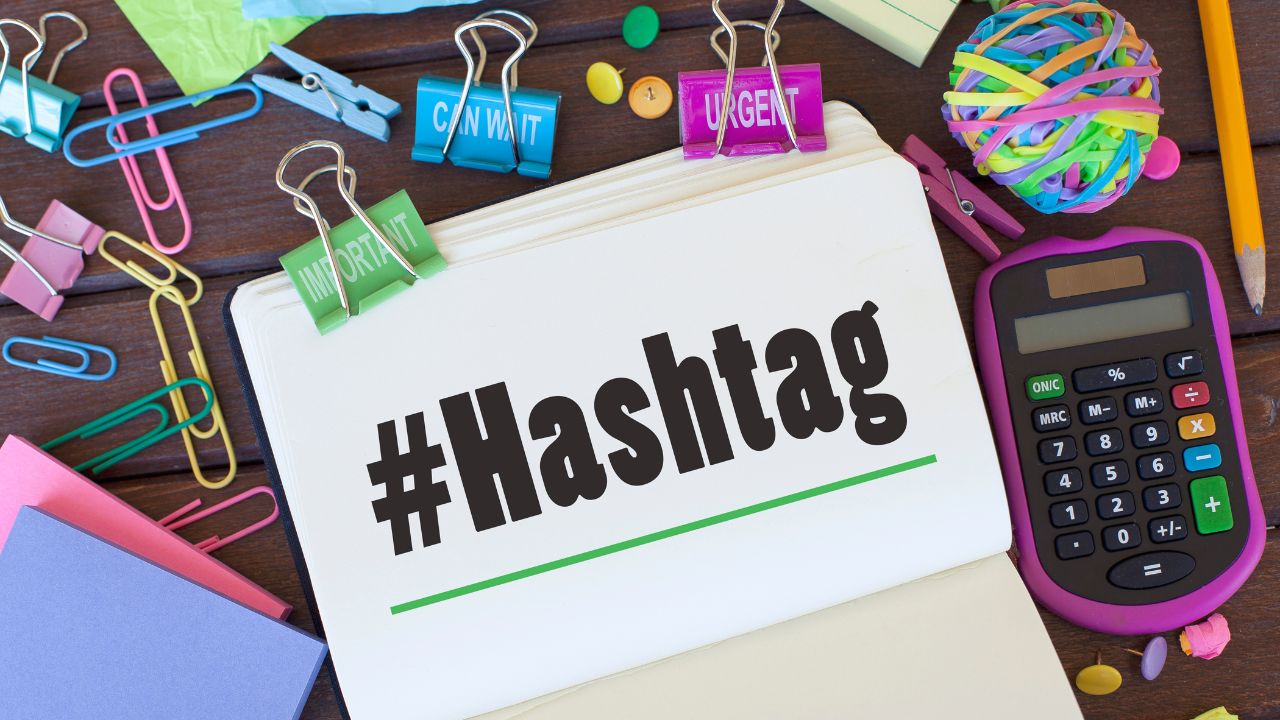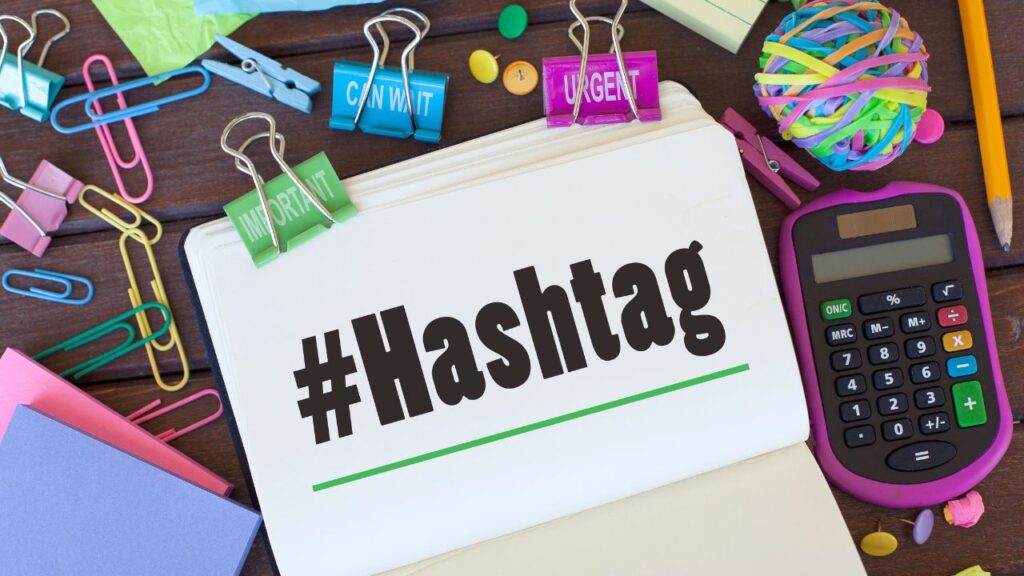The Concept Behind Hashtags in Social Media Posts: A Complete Guide for Marketers & Creators

Hashtags are so deeply woven into the fabric of social media that most users barely pause to think about the immense power packed into that tiny # symbol. You’ve seen them everywhere—#TravelGoals, #MondayMotivation, #DigitalMarketing—but behind their simplicity lies one of the most advanced content discovery mechanisms ever engineered for social platforms.
This expanded book goes far past basic definitions. You’ll learn how hashtags originated, how algorithms interpret them, how brands exploit with finesse them shrewdly, and how to engineer your own hashtag system that maximizes visibility, engagement, and long-term brand discovery. Along the way, you’ll see new data, expert discoveries, real-world findings, mini case studies, and connections to fields like linguistics, behavioral psychology, and network science.
By the end, you won’t just use hashtags — you’ll understand them at an expert level.
The Origin and Rapid growth of Hashtags
How Hashtags Began: A User-Driven Business development
The concept of hashtags did not come from Silicon Valley boardrooms—it came from everyday users. In 2007, Chris Messina, an early technology evangelist, suggested employing the pound symbol (#) as a way to group conversations on Twitter. At the time, Twitter dismissed the idea. “Too nerdy,” they said.
But Messina’s idea caught fire organically. Users began adopting it, and the platform eventually formalized hashtags, making them clickable and indexable. Within months, online conversations gained structure, discoverability, and traceable trends. The humble # evolved into a categorization system that empowered crowd-driven organization of information.
“Hashtags democratized content discovery. Anyone, despite follower count, could join a global conversation.”
— Deb Roy, MIT Media Lab Researcher
How Hashtags Spread Across Platforms
Once the possible within user-generated tagging evolved into clear, every major platform adopted the have:
- Instagram: turned hashtags into its primary discovery engine
- LinkedIn: introduced hashtags for professional categorization
- TikTok: uses hashtags as training signals for its “For You” algorithm
- YouTube: uses hashtags for video search polish
- Facebook: added them later but uses them sparingly
Over time, hashtags grown from basic categories to powerful marketing tools used for campaigns, brand building, trends, and online communities.
Today, hashtags are a must-use element in almost every social media strategy.
How Hashtags Work: The Algorithmic Core
Hashtags Operate as Metadata
Think of a hashtag as a label that tells a platform what your content is about. When you add #FitnessTips, your post joins every other post with that tag—forming a video “folder” that algorithms can crawl and index.
Platforms Index Hashtags for Searchability
Hashtags act as a bridge between your content and user intent. When someone searches or clicks a hashtag, your post competes for placement on that hashtag’s feed.
For category-defining resource:
- Click #SocialMediaMarketing → thousands of marketing posts appear
- Search #ParentingHacks → algorithm surfaces top and recent posts
Hashtags Influence Recommendation Systems
“Hashtags help algorithms infer setting, sentiment, and audience focusing on patterns.”
— Sarah Bird, Former CEO of Moz
Algorithms use hashtags to sort out:
- What your content is about
- Who is likely to enjoy it
- Where your post should appear (feeds, Peer into pages, hashtag pages)
- How to cluster your content with similar creators
The Scientific Side: Network Behavior & Semantic Clustering
Hashtags function along the same lines to language tags in natural language processing. Platforms build “topic graphs” derived from hashtag relationships. For category-defining resource:
- #EntrepreneurLife often co-occurs with #StartupTips
- #HealthyRecipes all the time clusters with #MealPrepIdeas
- #TravelPhotography overlaps with #Wanderlust
This network of semantic associations makes your content discoverable within interest clusters—even if a user never searches the tag directly.
Why Hashtags Are Important for Brands, Businesses & Creators
1. Increased Reach & Visibility
Hashtags allow users who don’t follow you to see your posts. A well-chosen set of hashtags exposes you to pinpoint audiences actively browsing or following those topics.
2. Higher Engagement & Interaction
Posts with on-point hashtags often get more:
- Likes
- Shares
- Comments
- Saves
According to a 2024 Sprout Social Study, posts with perfected hashtags saw up to 42% higher engagement on Instagram.
3. Brand Awareness & Identity Building
Smart brands create recognizable branded hashtags such as:
- #ShareACoke
- #GoProFamily
- #JustDoIt
These tags anchor online identity and unite user-generated content.
4. Community Formation & Culture
Hashtags develop group identity and belonging, especially in interest-driven spaces:
- #BookTok for readers
- #MomsOfInstagram for parents
- #CryptoCommunity for blockchain lovers
5. Doing your best with Trends and Conversations
Trending hashtags offer huge—but brief—visibility spikes. They place your content within highly active real-time discussions.
Types of Hashtags & When to Use Them
Branded Hashtags
These show your brand identity and promotional campaigns.
- #AdidasRunning
- #MyFitnessJourneyWithXYZ
- #GoProFamily
Industry or Niche Hashtags
For experts, professionals, and niche communities.
- #StartupLife
- #OrganicSkincare
- #DigitalMarketingTips
Trending Hashtags
Spike during events, news cycles, or viral moments.
- #WorldCup
- #Oscars2025
- #NationalDogDay
Community Hashtags
Connect people with similar lifestyles or passions.
Campaign Hashtags
Created for short-term but high-lasting results marketing initiatives.
Location-Based Hashtags
Perfect for local businesses and geo-pinpoint visibility.
Platform-Specific Hashtag Strategies
- Use 8–15 hashtags
- Mix niche + broad + community tags
- Place in caption or comments
- Use 1–2 hashtags
- Works best for trends and events
Twitter/X
- Use 1–3 hashtags
- Perfect for real-time discussions
- Use 3–5 hashtags
- Target professional and niche tags
TikTok
- Hashtags heavily influence “For You” distribution
- Blend trending + niche + challenge hashtags
YouTube
- Use 3–5 hashtags
- Placing one in the title improves discoverability
How to Choose the Right Hashtags (A Marketer’s Structure)
1. Research Hashtags Thoroughly
- Instagram search
- TikTok keyword bar
- LinkedIn recommended hashtags
- Competitor analysis
- Tools like RiteTag hashtag performance analyzer
2. Avoid Overly Broad Hashtags
Broad tags have high volume but low conversion. Use niche, specific, and long-tail hashtags instead.
3. Mix Hashtag Types
Use balanced sets to improve discoverability and significance also.
4. Analyze Competition Levels
A good hashtag has:
- Strong search volume
- Dynamic involvement
- Moderate competition
5. Create Spinning or turning Hashtag Sets
This prevents “spam pattern” detection although maintaining consistency.
Common Hashtag Mistakes to Avoid
- Overstuffing hashtags
- Employing irrelevant or misleading hashtags
- Employing banned or restricted tags
- Repeating the same set every time
- Ignoring hashtag alignment with audience intent
Mini Case Studies (New Additions)
Case Study 1: Nike’s #JustDoIt Jump
During a 2021 micro-campaign, Nike combined pinpoint niche hashtags with #JustDoIt, increasing engagement by 38% in under 24 hours.
Case Study 2: Small Creator on TikTok
A fitness creator with 3,000 followers used a masterful mix of niche + trending hashtags and hit the TikTok “For You Page,” gaining 250K views overnight.
Philosophical View: Hashtags as Video Identity Markers
Hashtags aren’t just functional—they’re cultural artifacts. They reflect trends, social movements, shared identities, and collective emotions. Some hashtags even symbolize activism, such as:
- #BlackLivesMatter
- #MeToo
- #ClimateAction
In this sense, hashtags are modern-day hieroglyphs—simple symbols carrying deep meaning.
Truth: The Big Idea Behind the #Symbol
Hashtags categorize content, drive discoverability, and connect you with audiences across the industry. But their true power lies in the masterful way they help algorithms understand your content and distribute it to people who care.
Used well, hashtags can:
- Lift reach
- Strengthen engagement
- Build communities
- Boost your brand
- Cause viral visibility
Virtuoso them—and the tiny # becomes one of the biggest tools in your video strategy.
Peer into, experiment, improve—and watch your content rise.
